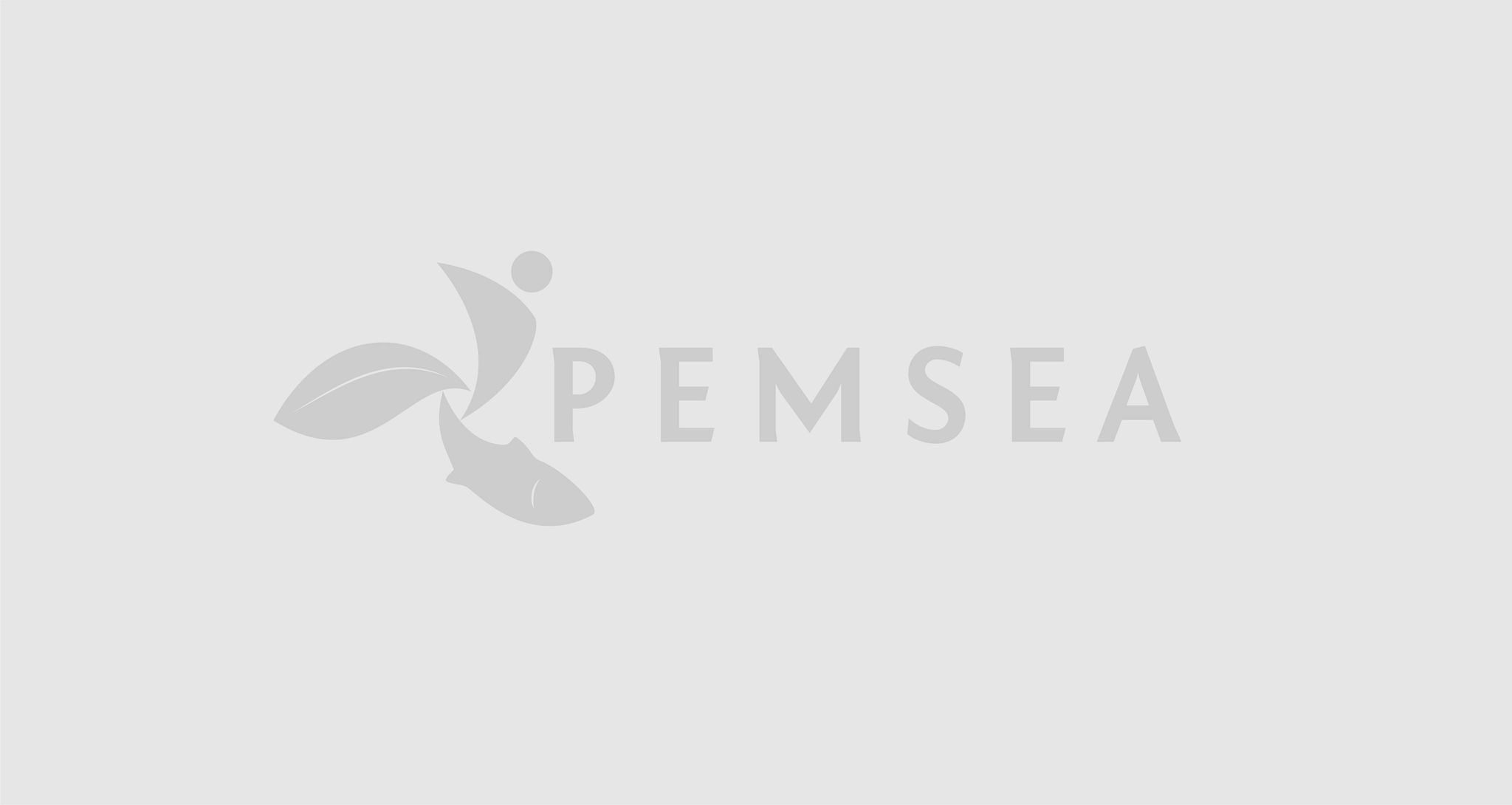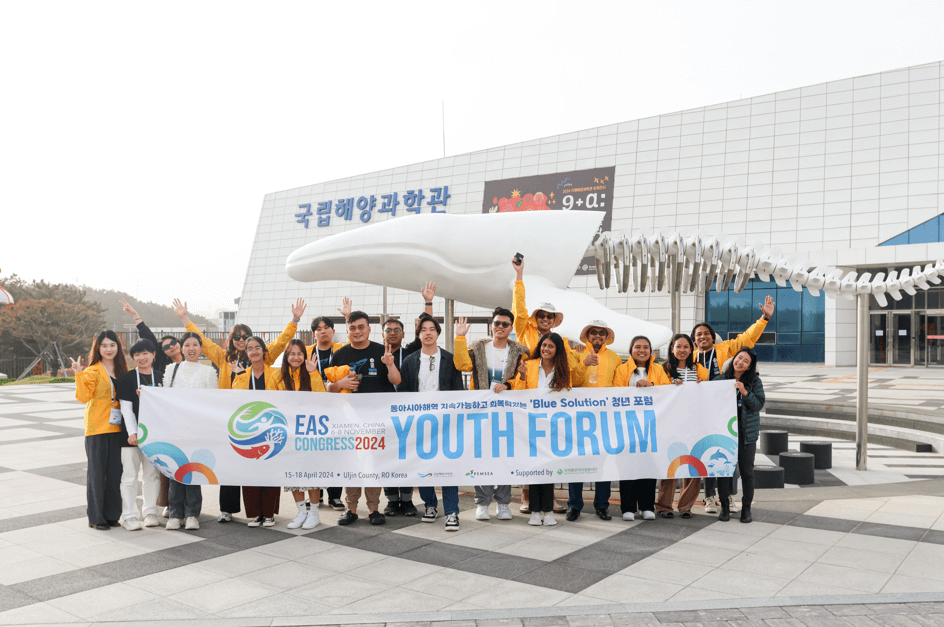Cavite prepares for sustainable water management amidst growing population
Wednesday, 22 November 2017

The Provincial Government of Cavite recently hosted the Cavite Water Summit 2017 as part of ongoing efforts to address and manage the water situation in the province amidst a growing population. The Department of Environment and Natural Resources (DENR) and Partnerships in Environmental Management for the Seas of East Asia (PEMSEA) provided technical and financial support for the Summit.
Themed “Water Security for All: Pathways, Innovations and Outcomes”, the event was a gathering that encouraged multi-stakeholder participation on Cavite’s water demand management and increasing public awareness on the current status of water supply in the province. The event also saw the launching of Cavite’s State of the Coasts (SOC) Report, which seeks to provide information on the changing social, economic and environmental conditions in the province. PEMSEA helped develop the SOC with financial support from the UNEP Global Nutrient Cycling Project.
http://pemsea.org/sites/default/files/file_attach/SOC%20group.JPG
“The partnership between PEMSEA and Cavite for more than a decade has resulted in a number of important milestones, one of which is the State of the Coasts Report,” said PEMSEA Executive Director Stephen Adrian Ross. He noted that water management and security in Cavite is a “wicked problem” that has implications on food security, public health, economic development, quality of life, and, eventually, peace and order. Ross called for developing sustainable solutions with investment opportunities to meet the requirements of the province and to prevent shortages, which are forecast to surpass 51 million liters per day (MLD) by 2020 due to Cavite’s growing population. He pledged PEMSEA’s continuing assistance to the local government in identifying sustainable and integrated solutions.
“Water is going to be the most important ingredient for people to live a high quality of life,” said Cavite Governor Crispin C. Remulla. He added that with a population poised to hit the 4.8 million mark by 2020, “water is our biggest problem right now.” Because Cavite is at the critical stage of groundwater extraction, Remulla said that water management will be “the order of the day for Cavite to realize its vision of being a first class and world class province.”
Gov. Remulla added that more than one half of Cavite’s aquifers are severely depleted due to saltwater intrusion, and that the province has the highest incidence of renal disease in the Philippines, which may be connected to the concentration of nitrate in waters used for drinking and cooking purposes in the province.
The Summit also witnessed the signing of the Cavite Water Management Declaration, with commitments for promoting integrated water resources management to achieve sustainable water supply and sanitation over the next three years. The declaration supported Cavite’s bid, as a member of the PEMSEA Network of Local Governments, to achieving the SDG 6 targets by improving governance and implementing management programs for efficient water use and conservation.
Other speakers at the Summit included Ms. Anabelle Cayabyab, Supervising Environmental Management Specialist of PG-ENRO, Dr. Christopher Cox, Program Officer of the United Nations Environment Programme (UNEP) and Engr. Jorge Estioko, who delivered the keynote address on behalf of DENR Secretary Roy Cimatu.
The Cavite provincial government made various recommendations to ensure the sustainability of its water resources including rationalizing land use to protect groundwater recharge areas, conduct of groundwater monitoring, strengthening of water governance measures at the Provincial and Municipal levels and the introduction of rainwater harvesting technologies.
The first Cavite Water Summit was held in 2015 in partnership with Cavite State University and Cavite Green Coalition.



